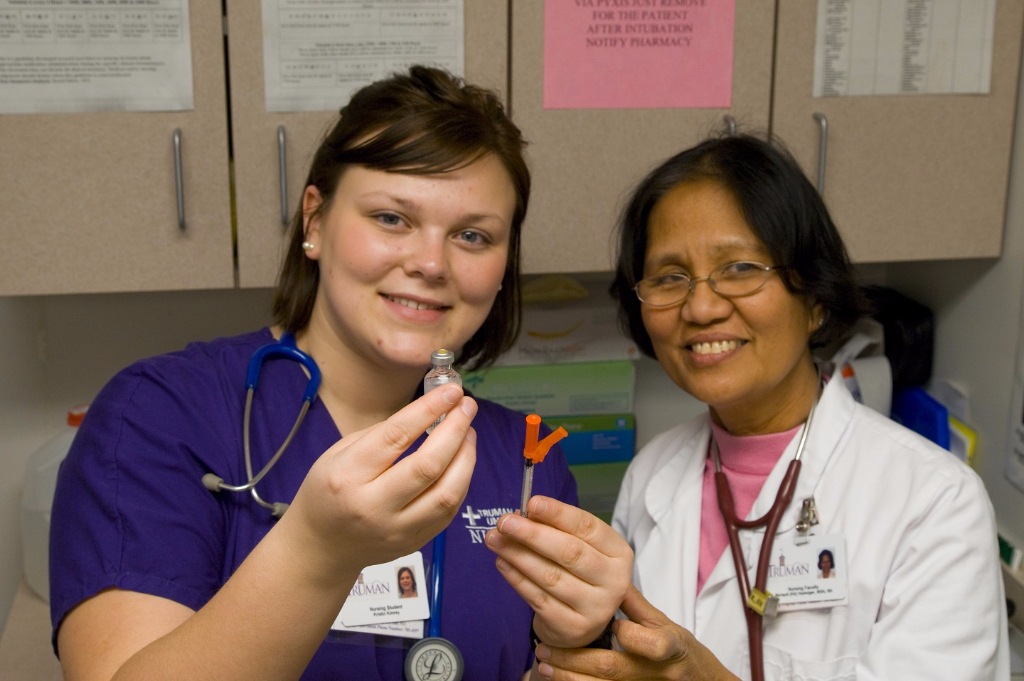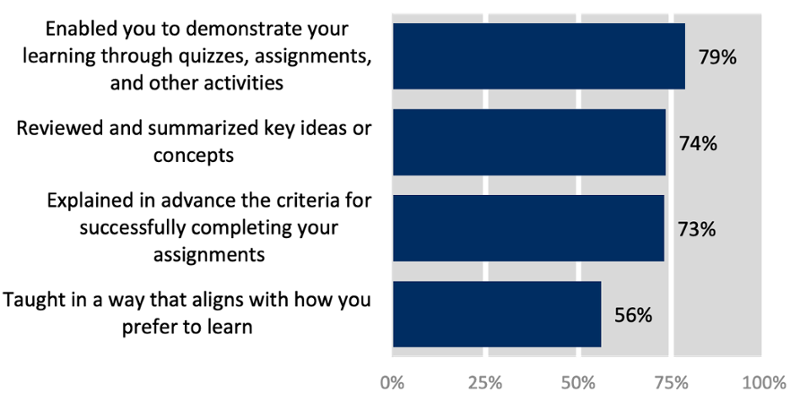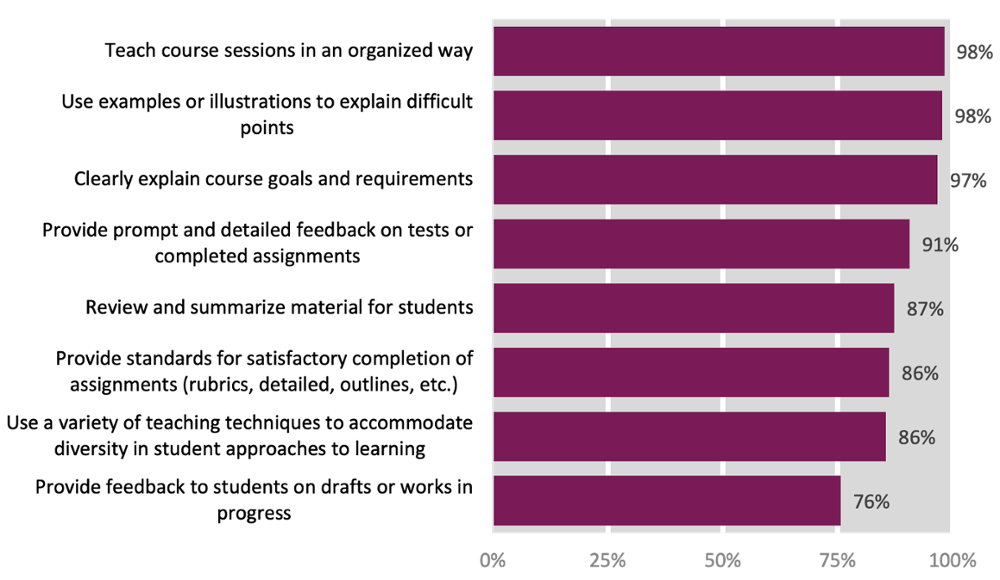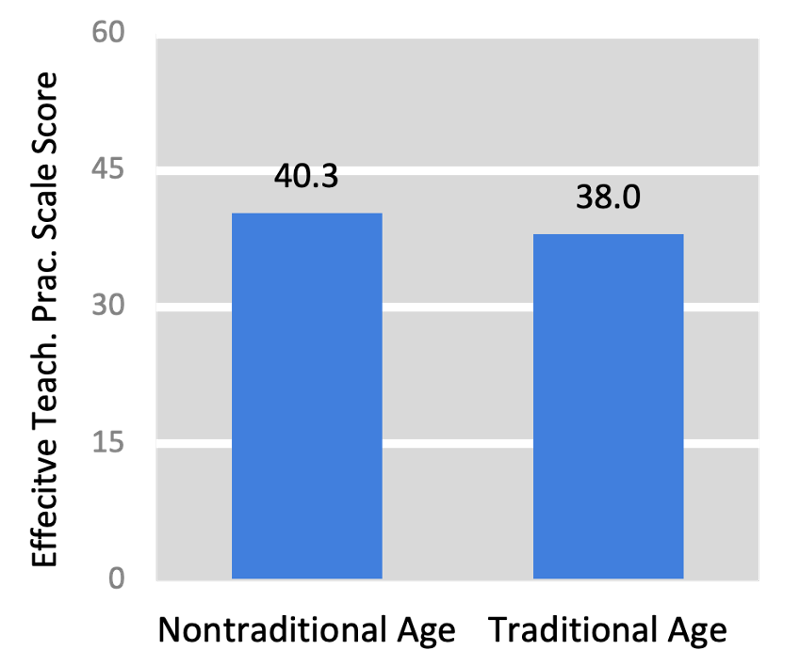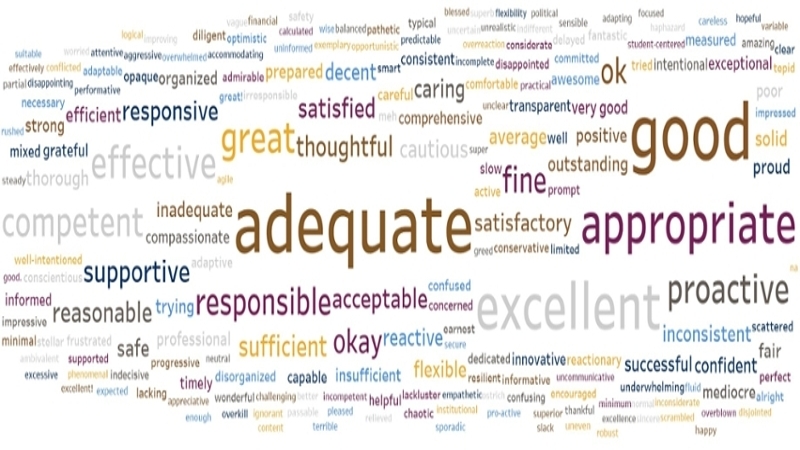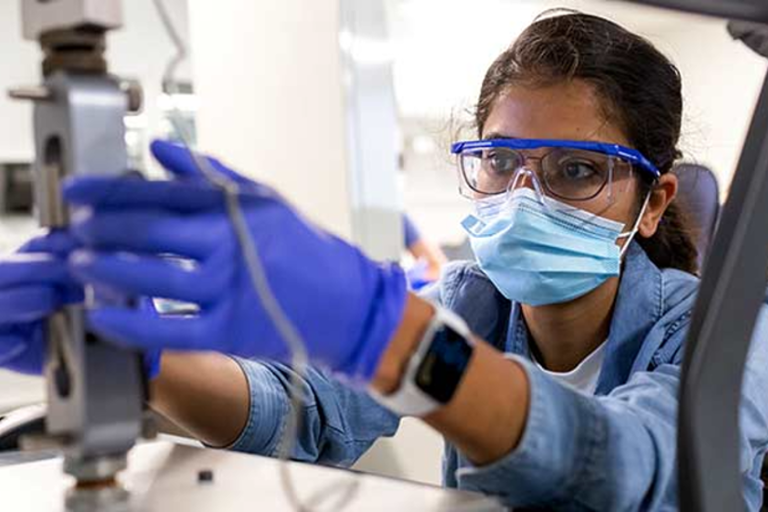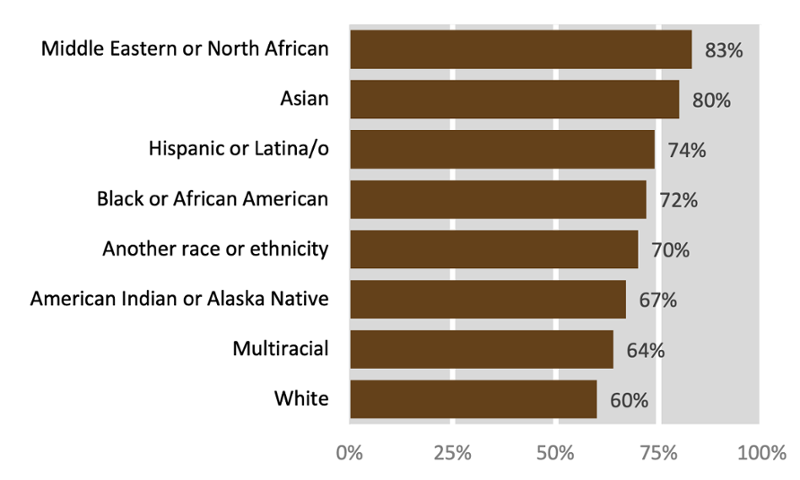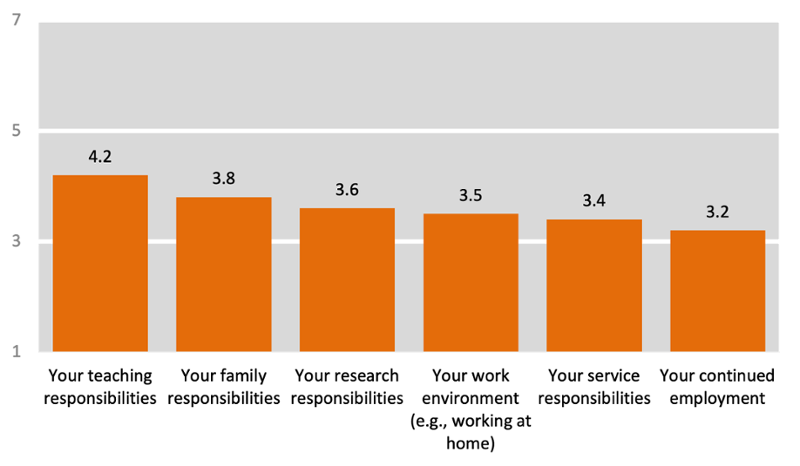As colleges and universities began this winter term, many pushed their return-to-campus dates out further or opted for a return to remote instruction in response to COVID-19. Since the onset of the pandemic, teaching and learning has demanded significant flexibility among faculty and students. Instructional practices and student engagement adapted to suit changing campus conditions and institutions provided varying levels of customized support to students and faculty. Results from NSSE and FSSE 2021 (surveys conducted in spring 2021) point to strengths and shortcomings in these offerings and experiences and present considerations for rethinking approaches to teaching and learning.
NSSE results reported here are from 211,667 first-year and senior students at 344 U.S. bachelor’s-granting colleges and universities. FSSE results are from 9,022 faculty members at 75 U.S. institutions. Surveys were administered in the spring of 2021.


